STEP BY STEP LIGHTING AN INTERIOR USING 3DS MAX AND V-RAY
This sequence by Ian Henderson illustrates the process of changing light effects in an interior image.
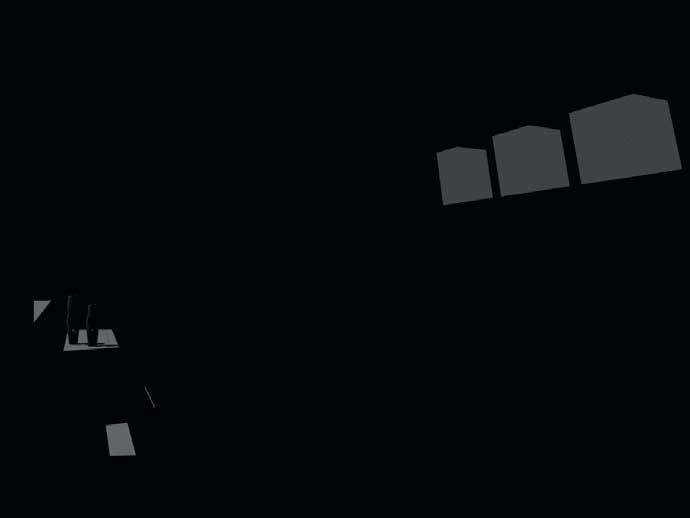
1
Main exterior light source. Set up a Direct light to act as the Sun and position to provide pleasing rays cast through exterior wall apertures. A Direct light is used because rays cast from this light are parallel, thus best replicating the Sun’s rays and the formation of shadows cast.
Adjust the Direct lights multiplier value to suit the scene.
Use V-Ray shadows for cast shadow type.
Increase the Subdivs value under the V-Ray Shadow Parameters tab to improve the quality of the shadows cast and reduce noise.
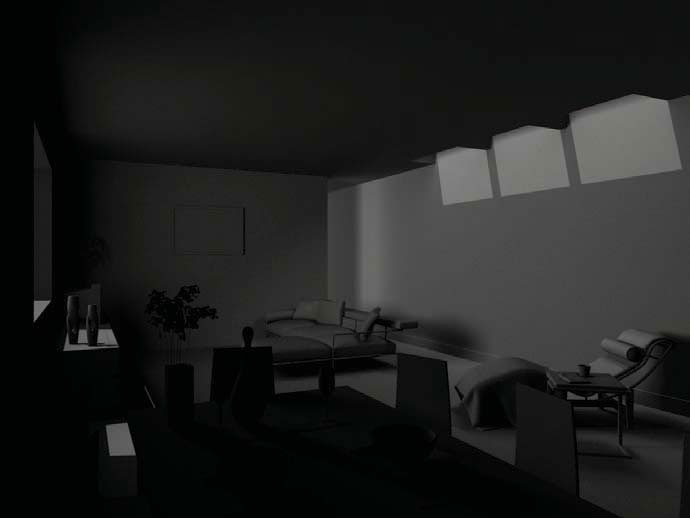
2
Exterior ambient light. Additional lights are required to simulate ambient light entering the interior. Outside each wall aperture a V-Ray rectangular area light was placed. Physical dimensions of the light should be big enough to cover the extent of the aperture. Increase subdivisions of light to improve quality of shadows and reduce noise. Adjust multiplier value to suit.
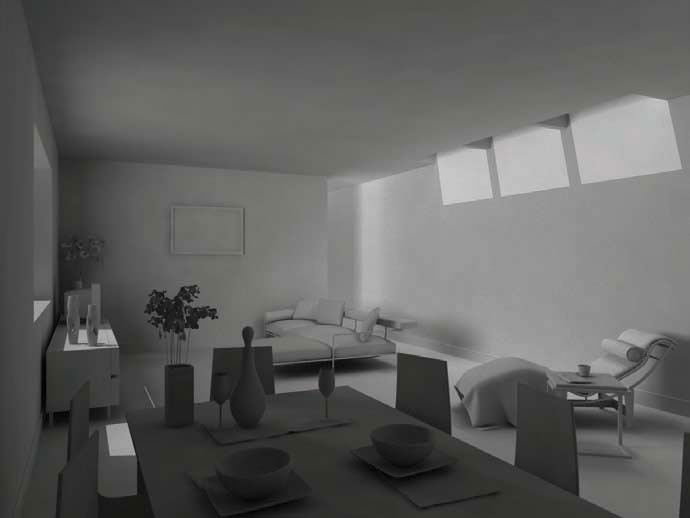
3
Bounced light. To simulate bounced light, use global illumination. Adjust quality to suit scene and image size. Test using the different Irradiance Map presets, beginning with the lowest quality first.
First bounce was calculated using an Irradiance Map and was set to Medium.
Second bounce was calculated using Direct Computation.
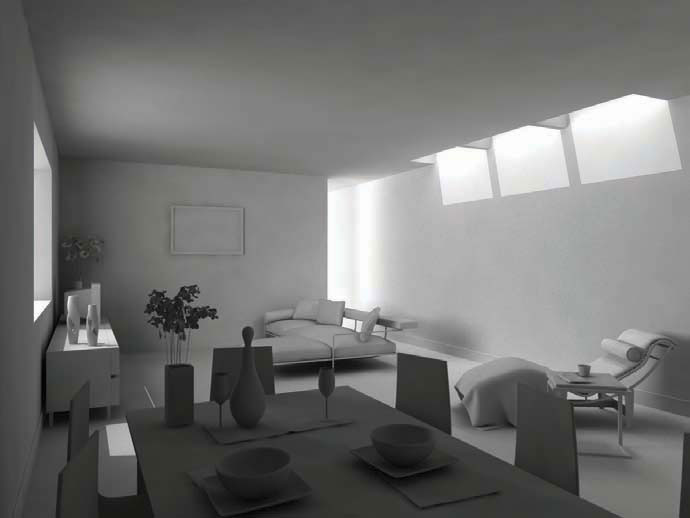
Environmental light. To simulate additional daylight entering the space via the wall apertures, the V-Ray GI Environment and Reflection/Refraction Environment light was used to provide more ambient illumination. Adjust multiplier value to suit scene.
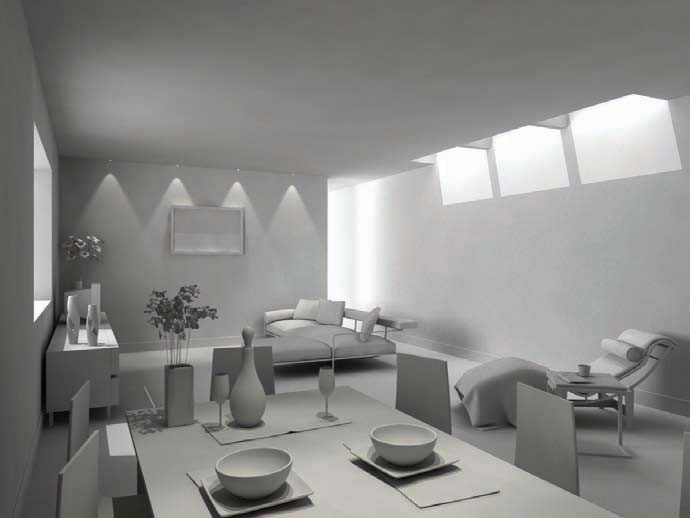
5
Interior lights. Interior artificial lights were added to illuminate specific areas of the scene. Standard spotlights were used with V-Ray shadows.
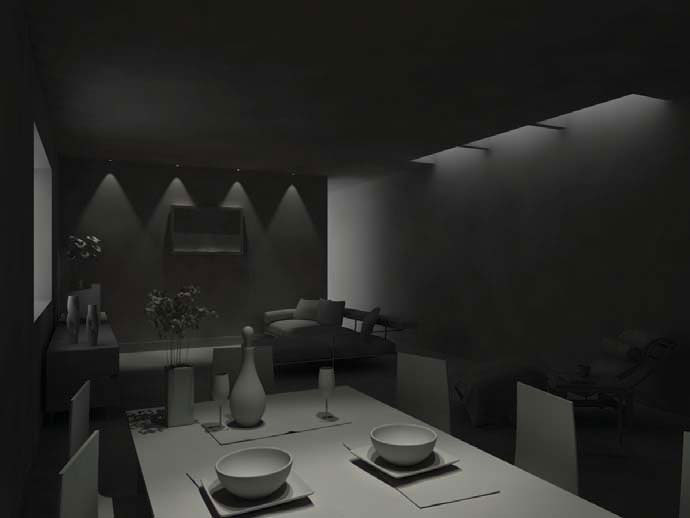
6
Interior artificial lights were added to illuminate specific areas of the scene. Standard spotlights were used with V-Ray shadows.
Additional lights are required to simulate ambient light entering the interior.
To simulate additional daylight entering the space via the wall apertures, the V-Ray GI Environment and Reflection/refraction environment light was used to provide more ambient illumination.
Adjust multiplier value to suit scene.
To simulate bounced light, use global illumination.
Adjust quality to suit scene and image size. Test using the different Irradiance Map presets, beginning with the lowest quality first.
